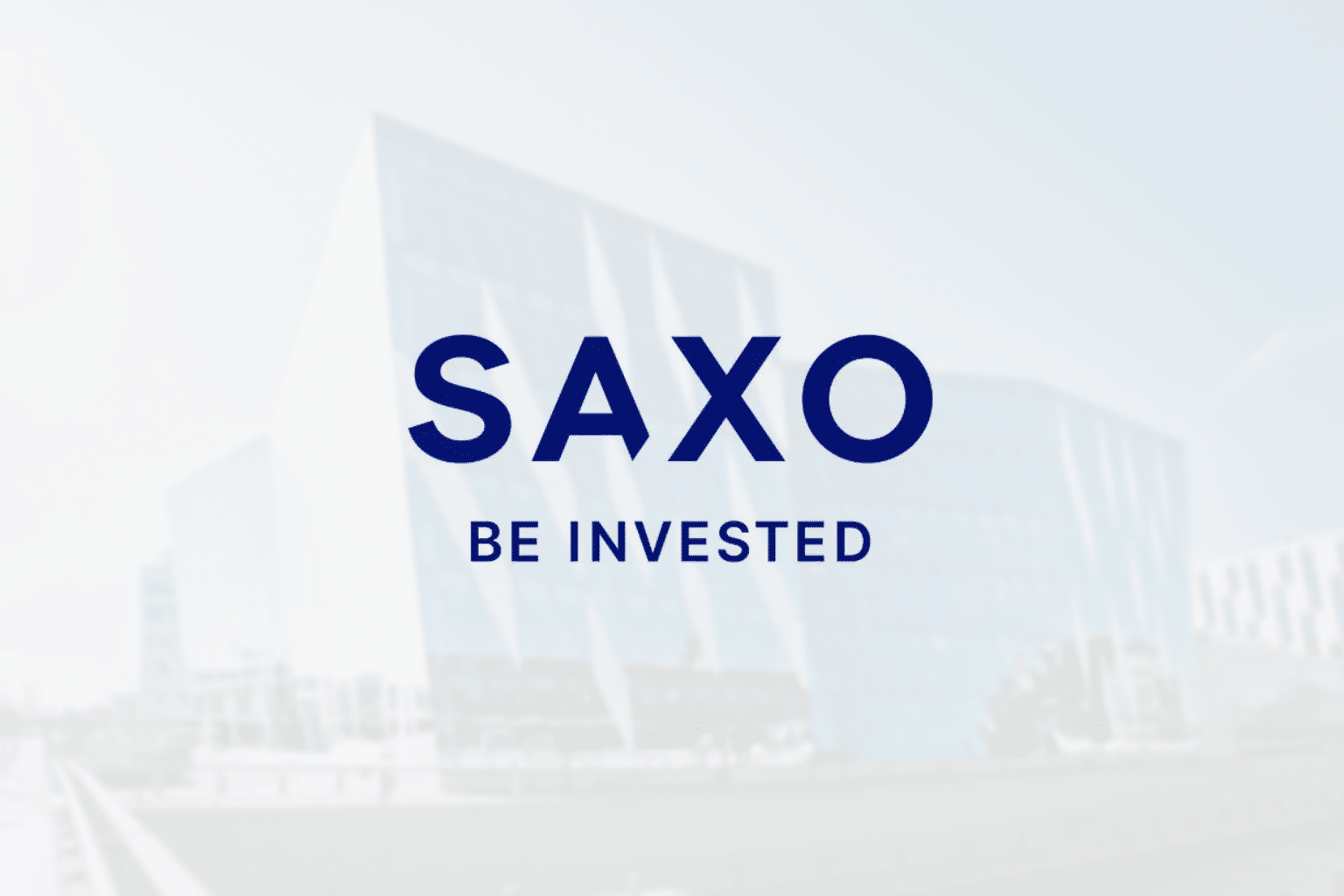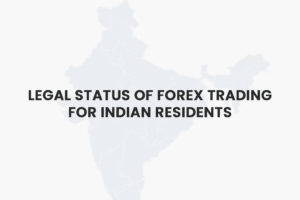Saxo Bank is a Copenhagen-based, fully licensed Danish bank that operates a global online brokerage, giving private, professional, and institutional clients access to a broad range of instruments—FX, stocks, bonds, funds, options, futures, and more—through its proprietary platforms. The firm, named after the medieval Danish historian Saxo Grammaticus, gained a banking licence in 2001, is regulated in multiple jurisdictions, and was designated a Danish SIFI (Systemically Important Financial Institution) in 2023. In March 2025 Swiss private bank J. Safra Sarasin agreed to buy a 70 % stake, while founder and CEO Kim Fournais keeps 28 %. Saxo stopped onboarding and is offboarding clients in India after July 2024, so it is not currently legal to open a new Saxo account from India.
Saxo Bank A/S is a Danish investment bank and fintech broker founded in 1992 (originally Midas Fondsmæglerselskab). The rebrand to “Saxo” in 2001 paid homage to Saxo Grammaticus, author of Gesta Danorum, and reflected a Scandinavian identity free of trademark conflicts.
From its Copenhagen HQ and hubs in London, Zürich, Dubai, Singapore, and Tokyo, Saxo delivers a cloud-based multi-asset platform accessed by more than a million clients worldwide. Daily turnover averages US$17.7 billion.
What Does Saxo Bank Do?
Multi-asset trading from a single account
- FX, stocks, ETFs, bonds, mutual funds, options, futures, listed and OTC CFDs
- 25 base currencies and local sub-custody in 16 markets
- Three platform tiers: SaxoTraderGO, SaxoInvestor, and SaxoTraderPRO (desktop API for professionals)

White-label technology
More than 150 partner banks and brokers license Saxo’s OpenAPI and trading stack, pushing 200 million+ API calls per day.
Institutional and partner services
Saxo provides prime brokerage, execution, liquidity, and post-trade services to asset managers, family offices, and fintechs under its Saxo Institutional division.
Ownership & Corporate Structure of Saxo Bank
| Stakeholder | Shareholding (Mar 2025) | Notes |
| J. Safra Sarasin Group | ≈ 70 % (pending completion) | Acquiring Geely 49.9 % + Mandatum 19.8 % |
| Kim Fournais | 28 % | Founder & CEO retains stake and role |
| Minority employees & others | 2 % | Incentivises key staff |
The deal values Saxo at €1.6 billion and keeps the bank headquartered in Denmark under local regulation.
Is Saxo Bank Legal in India?
- No new accounts: Saxo ceased onboarding Indian residents on 1 July 2024.
- • Off-boarding 2024/25: Existing Indian clients were told they would be migrated or closed by the end of 2024.
- Reason: Regulatory complexity and strategic refocus; Saxo favors markets where it can hold full licenses.
Bottom line: If you reside in India, you cannot legally open or maintain a Saxo account today; look to SEBI-registered alternatives instead.
Regulation, Licenses & Safety—Can You Trust Saxo?
- Fully licensed Danish bank under Finanstilsynet (FSA) with a credit institution permit since 2001
- Systemically Important Financial Institution (SIFI) status granted June 2023, placing Saxo under enhanced capital and governance requirements.
- Local subsidiaries regulated by FCA (UK), MAS (Singapore), ASIC (Australia), FINMA (Switzerland), and more.
- Investment-grade BBB rating (positive outlook) from S&P Global (2024).

Pros (Why many investors trust Saxo)
- Tier-1 bank custody and segregated client funds
- Broadest multi-asset coverage in the EU among fintech brokers
- • White-label technology used by global banks (credibility “halo”)
- Transparent pricing with no inactivity fee
Cons
- Complex fee schedule for occasional traders
- High FX conversion spread compared with some rivals
- No retail crypto spot trading
For a side-by-side comparison of leading trading platforms, explore our curated list of the best brokers before you decide.
Saxo Bank Global Footprint & Key Numbers
| Metric (FY 2024) | Figure | Change YoY |
| Net profit | DKK 1,005 m | +287 % |
| Clients | >1 million | +14 % |
| Daily turnover | US$17.7 bn | – |
| Partner apps | 120+ | – |
Pros & Cons of Using Saxo Bank (Quick View)

| Pros | Cons |
| SIFI-level Danish banking licence | Higher FX conversion fee vs. some peers |
| 70,000+ instruments in one account | No new accounts in India & some EMs |
| Award‑winning proprietary platforms | Minimum funding of €2 000 in many regions |
| Institutional-grade research streams | Platform can be overwhelming for beginners |
Call to Action
Ready to experience a professional-grade platform backed by a Danish SIFI? Open an account on Saxo’s official site or, for a comprehensive breakdown of fees and tools, read our in-depth Saxo review (internal link).
Conclusion
What is Saxo Bank? In short, it is a Danish SIFI-level bank-broker that has combined fintech innovation with Tier-1 regulation since 1992. It delivers one-stop access to global markets, serves over a million clients, and licenses its platform to hundreds of partners. Following the 2025 sale to J. Safra Sarasin, Saxo adds a Swiss private-bank backing while keeping its Copenhagen base. However, its strategic withdrawal from India shows how regulation shapes market presence. Investors outside restricted countries benefit from deep liquidity, institutional-grade tools, and strong capital safeguards, making Saxo a credible choice for serious multi-asset trading.
Stay up to date with daily market insights and in-depth broker research on the Invest-Hub homepage.
Frequently Asked Questions
Yes. Saxo holds a Danish banking license, is regulated in 15+ jurisdictions, and was designated a SIFI, underscoring high capital and governance standards.
Swiss private bank J. Safra Sarasin (≈70 %) and founder CEO Kim Fournais (28 %) pending regulatory approval.
The name honors medieval Danish historian Saxo Grammaticus, aligning the brand with Danish heritage.
No. Saxo stopped onboarding Indian residents and is offboarding existing clients.
It provides a multi-asset trading and investment platform for retail, professional, and institutional clients, plus white-label technology for 150 + partner banks.
Saxo offers regulated ETN/ETP exposure to crypto assets but not direct spot crypto trading for retail clients.





